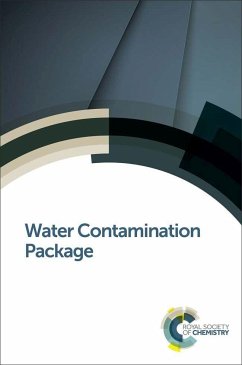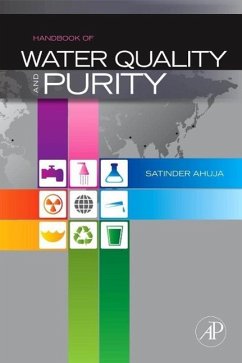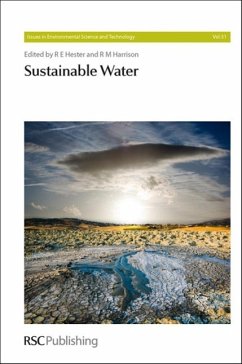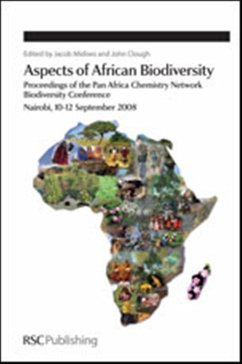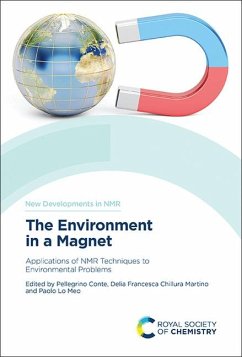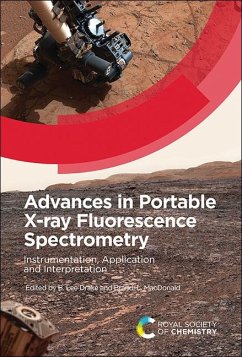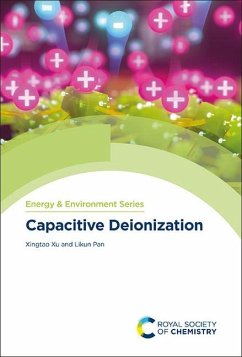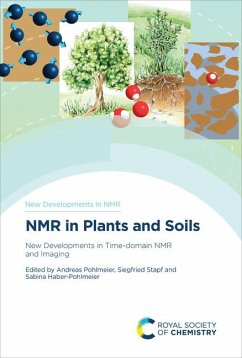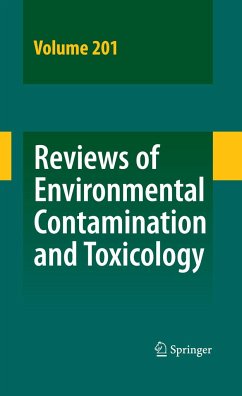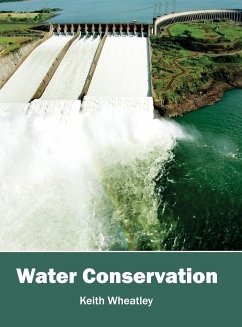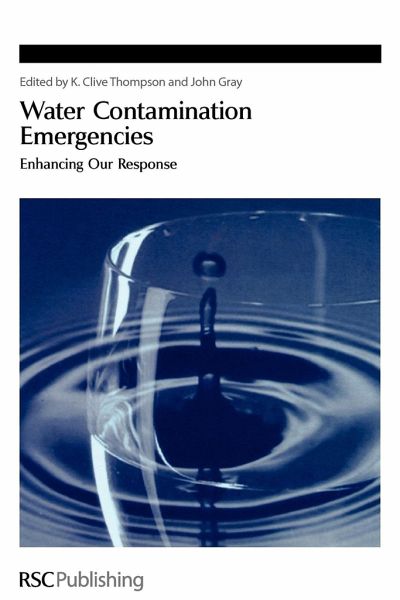
Water Contamination Emergencies
Enhancing Our Response
Herausgeber: Thompson, K Clive; Gray, John
Versandkostenfrei!
Versandfertig in über 4 Wochen
125,99 €
inkl. MwSt.

PAYBACK Punkte
63 °P sammeln!
Contamination of water supplies and the immediate availability of appropriate emergency responses to chemical, biological, radiological or nuclear (CBRN) events which result in contaminated water are becoming increasingly relevant and significant issues in the water industry and in the wider world. Consequently, new strategies and technologies are being constantly evolved and refined by leading experts in the field in order to achieve rapid and effective responses to water contamination events. Water Contamination Emergencies: Enhancing our Response brings together contributions from leading s...
Contamination of water supplies and the immediate availability of appropriate emergency responses to chemical, biological, radiological or nuclear (CBRN) events which result in contaminated water are becoming increasingly relevant and significant issues in the water industry and in the wider world. Consequently, new strategies and technologies are being constantly evolved and refined by leading experts in the field in order to achieve rapid and effective responses to water contamination events. Water Contamination Emergencies: Enhancing our Response brings together contributions from leading scientists and experts from both academia and industry in the field of water contamination and emergency planning. The book covers a wide range of topics including responses to water contamination emergencies, impacts on public health and commerce, risk assessment, analysis and monitoring, emergency planning, control and planning and threats to the water industry. This book is ideal for specialists in the field of water contamination and emergency response planning, especially researchers and professionals in industry and government who require an authoritative and highly specialised resource on water contamination management. The reader will gain an appreciation of the activities supporting the development of responses to contamination events; emergency actions required in response to the contamination of drinking water; and incident management. Also discussed are the importance of communication between organisations and the public; consumer perceptions and the need for robust and rapid screening of samples to help answer the key question "Is this water safe to drink?"





